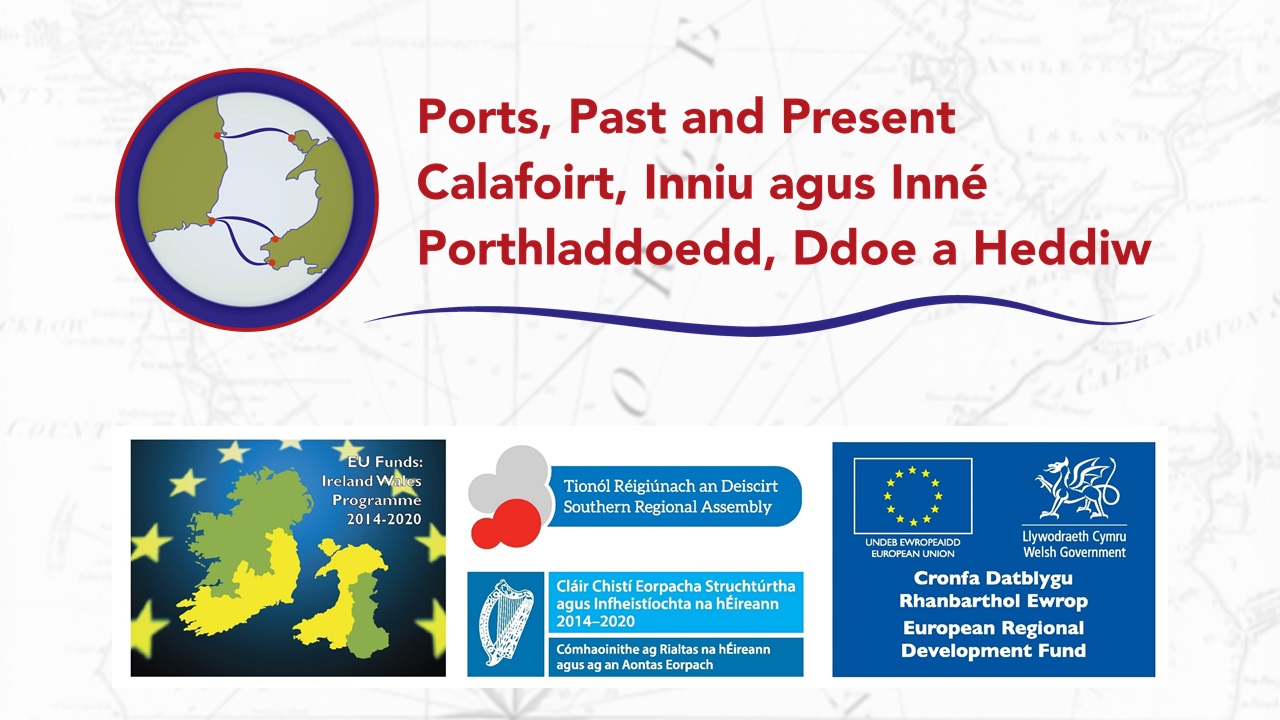Content can be downloaded for non-commercial purposes, such as for personal use or in educational resources.
For commercial purposes please contact the copyright holder directly.
Read more about the The Creative Archive Licence.
Description
Lede
The invention of hot air balloon travel in the 1780s transformed the relationship between air and sea. But crossing the Irish Sea by balloon would prove to be no easy matter.
Story
The invention of hot air balloon travel in the 1780s was an international sensation, and intrepid individual aeronauts quickly took on the challenge of trying to complete increasingly daring journeys. However, efforts to cross the Irish Sea for the first time ended in several dramatic failures. The pioneering Irish aeronaut Richard Crosbie was responsible for a dramatic incident at Dublin Bay in May 1785, when Crosbie found himself in need of a lighter pilot for his balloon. His substitute on that occasion was a 21-year-old student at Trinity College, Richard McGwire (or MacGwire), whose lack of ballooning experience left him stranded in the sea several miles off Howth. Luckily for McGwire, boats quickly reached him and returned him to Dublin, where he received a hero’s reception, including poetic tributes, an army commission and a knighthood. Crosbie himself failed to cross the Irish Sea the following year, when he was rescued after landing in the sea approximately half way through his journey.
Perhaps the best-known abandoned balloon flight took place in October 1812, when James Sadler’s attempt to cross from Dublin to Liverpool left him stranded off the north Wales coast at sunset. Sadler took off from Dublin with much fanfare, but encountered a potentially disastrous problem not long into the flight when he discovered a tear in his ‘Crimson & White’ silk balloon. In a narrative of danger and heroism, in which he was exposed to fumes, gases and extreme heat, Sadler recounts using his neckerchief to mend the hole. Sadler’s account also contains striking descriptions of the view from his balloon, from the Dublin suburbs, Bay and shipping to the scenery across Wicklow and ocean seascapes: ‘in a word, the country to the South and West of Dublin, interspersed with Villages and cultivated Fields, the Amphitheatre of Hills and Mountains, the broad expanse of Ocean, the Bay, the small Breakers beating on the Islands and the rocky shore, the sails of Vessels glancing in the Sun; all combined presented a prospect which fancy may contemplate, but words can give no adequate idea of’. Few before Sadler had ever witnessed these views, something that compensated for the risks involved, he noted.
Sadler’s intended route across the Irish Sea was Dublin to Liverpool, but he might have been successful in his 1812 attempt if he had landed in Wales. Heading north-east on his flight, Sadler flew over the Isle of Man, before tacking south again towards Anglesey. He notes passing north-west of Holyhead, then the Skerries Lighthouse, but trouble lay ahead. A change in wind direction as Sadler neared Llandudno on the north Wales coast made reaching Liverpool increasingly unlikely. As evening approached, Sadler was forced to land in the sea, where he waited to be rescued by nearby ships. His balloon, still partly filled with gas, had to be punctured by the bowsprit of one of the ships that came to his aid, in order to deflate it.
Factoid
The novelist Maria Edgeworth was among the crowds gathered to witness James Sadler’s ascent from Dublin in 1812. She described the launch scene in detail: ‘the beautiful many-coloured balloon, chiefly maroon colour, with painted eagles, and garlands, and arms of Ireland, hung under the trees … filling fast from pipes’.





Do you have information to add to this item? Please leave a comment
Comments (0)
You must be logged in to leave a comment